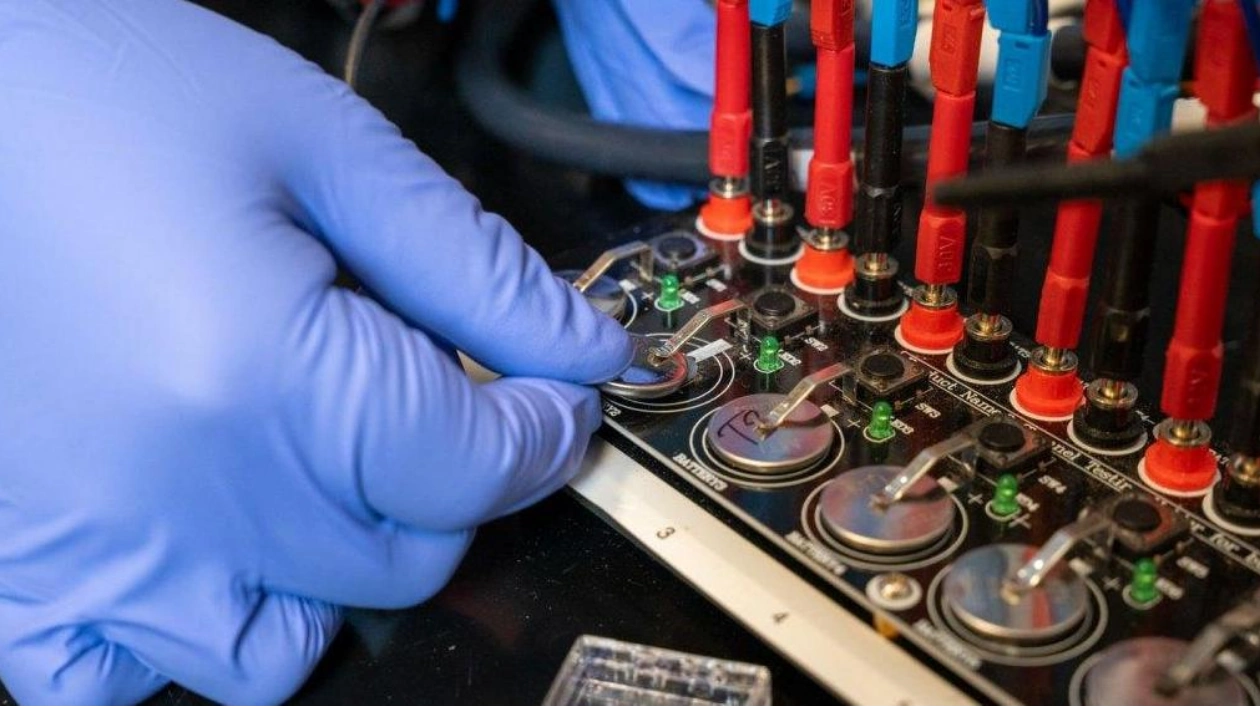Rechargeable lithium-ion batteries have a finite lifespan. Over time, they lose their ability to hold a charge, eventually becoming mere bricks. One contributing factor, according to new research, is the presence of hidden, leaky hydrogen. Unwanted hydrogen protons occupy molecular slots in the positive end of the battery, leaving less space for charged lithium atoms, or ions, which are crucial for maintaining reactivity and conducting charge. This discovery was published by scientists on September 12 in the journal Science.
The research identifies a series of undesirable chemical reactions that occur when the battery's electrolyte, designed to transport lithium ions, inadvertently releases hydrogen into the cathode. This triggers a host of issues that diminish the battery's capacity and longevity, according to Gang Wan, a materials physicist and chemist at Stanford University. "Even when the battery is not in use, it continues to lose energy," he explains.
In a lithium-ion battery, two electrodes with opposite charges, the anode and the cathode, store lithium ions. These ions move from the anode to the cathode through an electrolyte, initiating chemical reactions that release electrons and build a charge. Ideally, the electrolyte should only transport lithium ions. However, hydrogen protons and electrons from the electrolyte molecules break off and leak into the outer layers of the cathode, setting off a chain of unwanted reactions that shorten the battery's life.
Previous explanations for energy loss in batteries focused on the movement of lithium ions. While some researchers hypothesized that hydrogen atoms might also play a role, observing this has been challenging due to hydrogen's small size and widespread presence. To address this, Wan and his team replaced the hydrogen in the electrolyte of cell-sized batteries with deuterium, a heavier variant of hydrogen. They then tracked the deuterium's movement using high-powered X-ray imaging and mass spectrometry. Based on their findings and theoretical calculations, the team concluded that hydrogen is the primary culprit in cathode charge loss.
This research enhances our understanding of the complex chemistry occurring inside batteries, making it "truly significant," according to Bart Bartlett, a materials and inorganic chemist at the University of Michigan in Ann Arbor, who was not involved in the study. It also suggests potential avenues for improving battery life, such as modifying battery chemistry to prevent hydrogen reactions. Additionally, the study highlights an overlooked issue in the development of higher-voltage batteries, where more reactive cathodes are more prone to attracting hydrogen. This "protonation" or "hydrogenation" becomes more pronounced as battery voltage increases, revealing a trade-off that was not fully understood.
However, Bartlett notes that the scientists only examined one type of battery and scenario. Further research is needed to determine the broader applicability of these findings. If the team's observations are confirmed, they could lead to the development of better, longer-lasting batteries, accelerating innovations such as longer-range electric vehicles, according to Jacqueline Edge, a battery researcher and engineer at Imperial College London. Moreover, improvements in battery life could reduce the need for mining minerals like cobalt and lithium, which have significant environmental and social impacts, potentially resulting in a dual sustainability benefit.






